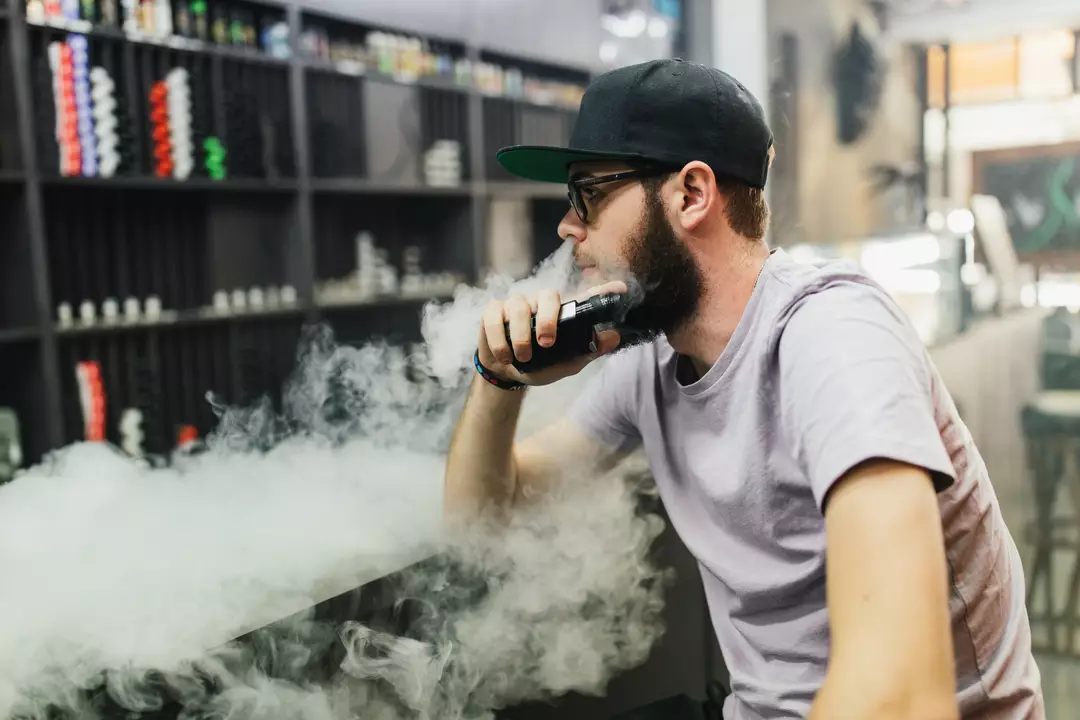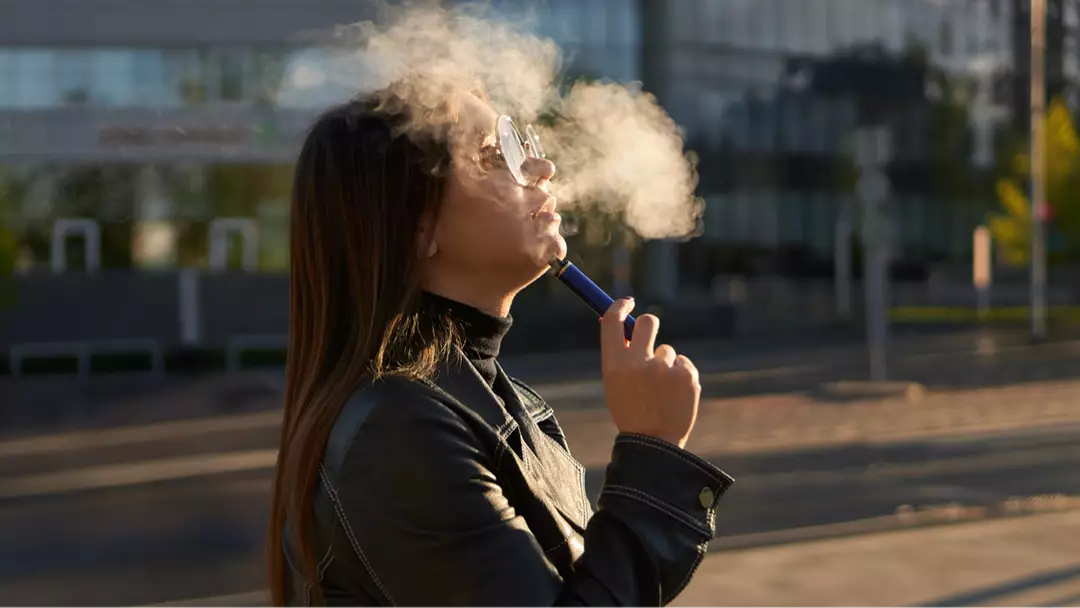Switching to vaping to quit smoking can be an effective strategy for many individuals, but it often leads to replacing one habit with another.
Prolonged and intense use of a vape can have alarming health implications, such as causing severe and possibly irreversible harm to your lungs through a condition known as bronchiolitis obliterans, or popcorn lung, which leads to internal scarring.
Vaping has surged in popularity over the last ten years, with some demographics more likely to use nicotine devices regularly. The largest group, significantly, consists of individuals aged 18 to 24, with the latest CDC data indicating that over 20% now partake in vaping.
We consulted with a health expert to learn what vapers should consider to prevent serious lung damage, identify who is most at risk, explore steps to minimize harm, and understand how long recovery might take if a heavy habit has developed.

Amir Boghal, Superintendent Lead Pharmacist and Director of Pyramid Pharmacy Group, offered his perspective on the increasingly prevalent habit, drawing from the current knowledge of this relatively new method of nicotine consumption.
While being aware of vaping’s health impacts is crucial, it is still regarded as a significantly healthier alternative compared to smoking cigarettes, which have decades of research confirming their extremely harmful effects.
Pharmacist Boghal stated: “We’re still learning about long-term lung recovery from vaping because the practice hasn’t been around long enough for comprehensive longitudinal studies. What we do know from existing research is encouraging in some respects.”
If the goal is to improve your lung function and capacity, quitting the vape is likely the most beneficial route. However, noticeable benefits may not be immediate.
Boghal explained: “If someone stops vaping, their lungs can show improvement over time, particularly in terms of inflammation and mucus clearance.
“However, whether complete healing occurs depends on different factors including how long someone vaped, their age when they started, their overall lung health, and whether they have underlying conditions like asthma.
“In younger people with shorter vaping histories, recovery appears more complete as the lungs experience less cumulative irritation and have greater regenerative capacity. For those with longer exposure or pre-existing lung conditions some changes, like breathing difficulties, scarring or chronic inflammation, may be permanent.
“The key point is that stopping vaping allows your lungs to begin healing immediately, even if complete restoration to pre-vaping baseline isn’t guaranteed.”

The risk of developing serious complications from vaping is not the same for everyone. Various factors can elevate the risk of turning this seemingly simple habit into a significant threat to your long-term health.
Your genetics, age, lung capacity, and general health condition all influence whether you are more susceptible to health problems due to vaping, as Boghal elaborated.
“Some people develop respiratory symptoms such as shortness of breath after relatively brief vaping periods, whilst others might vape for years with fewer noticeable effects, simply because individuals vary in their airway sensitivity, baseline lung health, and how their bodies respond to irritation,” the lead pharmacist added.
He also highlighted those at greatest risk, noting that heavy users who vape frequently throughout the day are more likely to experience ‘lingering chest discomfort in shorter timeframes.’
Reflecting on the increasing number of young vape users, Boghal remarked: “Young people are particularly vulnerable because their lungs are still developing, and exposure may have lasting consequences into adulthood.
“For those who vape regularly, diagnostic blood tests and free blood pressure checks can help monitor cardiovascular and metabolic health, offering reassurance or prompting early intervention if needed. Rather than waiting to see if you’ll be seriously affected, it’s safer to recognize that any regular vaping carries health risks that need to be monitored over time.”
Although vapes expose users to a range of chemicals, the method of heating a nicotine-infused liquid to produce vapor is considerably healthier than smoking cigarettes, which contain approximately 7000 mostly toxic chemicals.
Quitting inhalation of chemicals into your lungs altogether would be the healthiest choice, but for those who persist, there are ways to use a vape more healthily, reducing the long-term impact on your body.
Pharmacist Boghal outlined some advice, stating: “First, reduce frequency and duration of use as much as possible, as lower exposure means lower risk.
“Second, be aware that different vaping devices and liquids carry different risk profiles. Devices with temperature control may reduce the formation of harmful compounds compared to unregulated devices. Third, avoid additives known to be problematic, particularly vitamin E acetate and certain flavourings like diacetyl.”
For those aiming to enhance their health and recover from heavy vape use, he added: “It’s important to maintain good overall lung health through regular exercise, staying hydrated, and avoiding other respiratory irritants like high-pollution environments, as much as possible. If you have any pre-existing respiratory conditions, like asthma, vaping poses additional risks and should be avoided entirely.”

